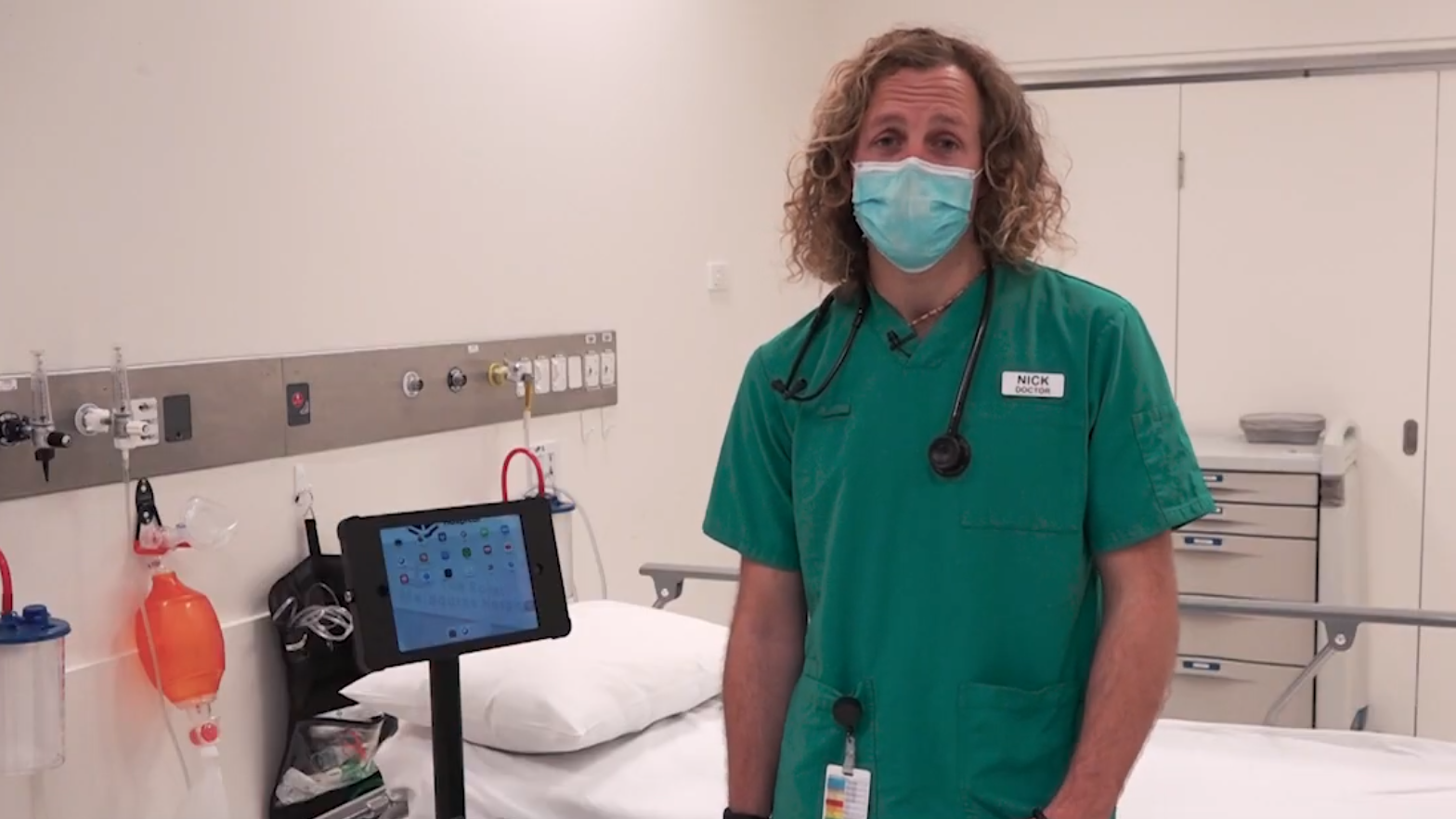Image courtesy YouTube | Royal Melbourne Hospital
The Client
Royal Melbourne Hospital has seen its share of challenges through its 170 year history, but no doubt 2020 will go down as one of its most difficult years. A global pandemic and the imminent spread of coronavirus in Australia forced RMH to quickly reallocate resources for the expected surge in COVID-19 cases that could easily overwhelm the hospital system. For a brief moment through May and early June 2020, it looked like those cases might never eventuate. But the virus was still circulating, and Victoria’s second wave would soon hit. As hospital admissions began to rise, months of pandemic preparations meant RMH was ready.
The Challenges
When it became apparent that this particular strain of coronavirus could be spread even by people showing no symptoms, the world was turned upside down. Acting like we ourselves or anybody around us might be infectious became the norm, and isolation, even in the 21st Century, remained the key weapon in fighting this highly infectious disease.
Of course, in a hospital the consequences of getting this wrong are even greater. Protecting front line health workers is critical for maintaining our pandemic response, and this needs to happen in a location where known cases of the disease are being actively managed. In such an environment, it is understandable that the strictest protocols need to be in place, including the heart-wrenching decision not to allow anybody to visit patients in the hospital, even at their time of needing support most.
While effective in slowing the spread, isolation is not without its costs. Understanding patients need to have the support of their families and carers, the hospital encouraged communication to occur via video conferencing technology. While many patients could make video calls using their own devices, there were those who didn’t have a smart device, or indeed who were too ill to hold a smart device. For these patients, the hospital decided to roll out a fleet of iPads to facilitate video communication. But how would these iPads be held securely in place, yet easily moved from place to place?
The Search
The hospital sought out a locally available iPad stand with wheels [allowing the stand to be easily moved from room to room] compatible with the latest iPad 7th Generation. The search led to local customisation specialists Sprocket. Sprocket were able to offer a custom version of their industry-leading X Floor stand with the addition of 4x caster wheels [for mobility] and brake [to stop it rolling away]. Caster wheels suitable for the hospital environment were locally sourced and the Sprocket team were able to procure parts, modify the bases to suit and deliver the 25 floor stands in less than a week. To reduce the time required by hospital staff to set up the stands, Sprocket also offered a pre-assembly service. This allowed the 25 custom floor stands to be set up ready for deployment in one afternoon.
The Benefits
The iPad stands are now deployed across the Parkville campus as well as at the Royal Park campus in the Aged Care wards. Now that families are not able to visit, the iPads serve an important role for the morale of patients, while families have been incredibly appreciative of the opportunity to communicate with their loved ones during these trying times. Through creative thinking and by embracing technology, the hospital has been able to maintain best-in-class infection control measures while being compassionate to families and looking after the mental health of its most vulnerable patients.
See the stands in action here:
-
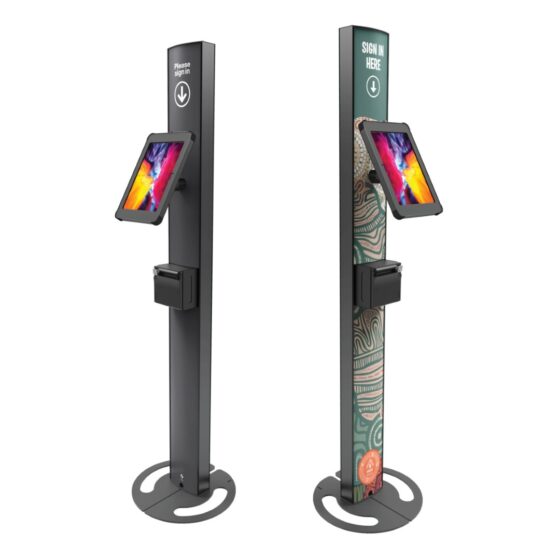 T Ticket 15$979.00 – $1,177.00 inc GST
T Ticket 15$979.00 – $1,177.00 inc GST -
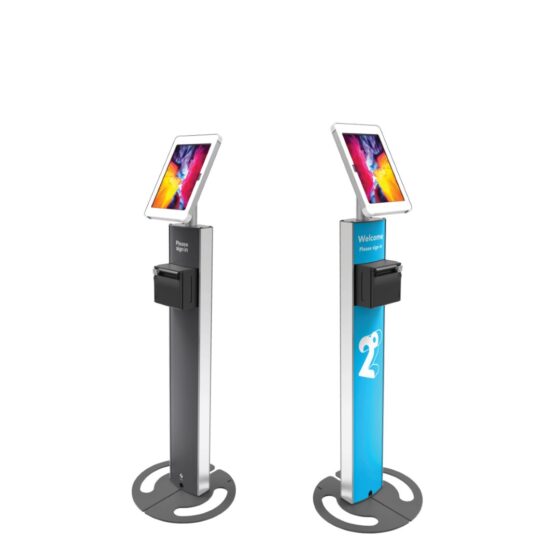 T Ticket 10$825.00 – $1,023.00 inc GST
T Ticket 10$825.00 – $1,023.00 inc GST -
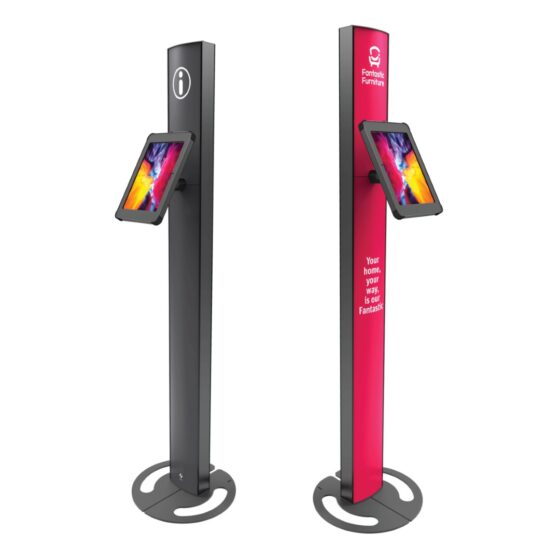 T Totem 15$891.00 – $1,089.00 inc GST
T Totem 15$891.00 – $1,089.00 inc GST -
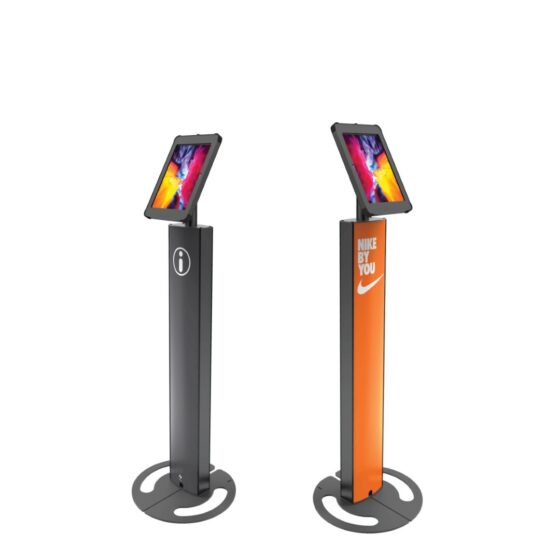 T Totem 10$715.00 – $913.00 inc GST
T Totem 10$715.00 – $913.00 inc GST -
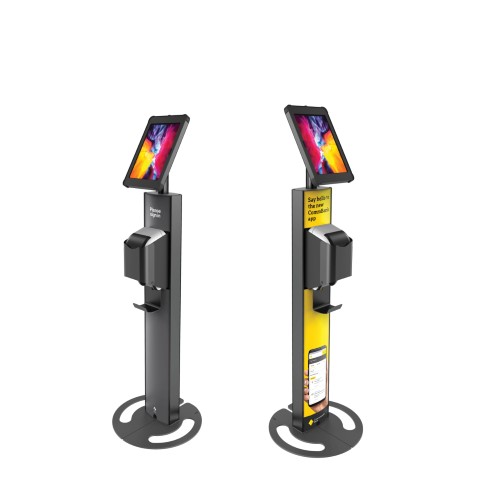 T Print 10$825.00 – $1,023.00 inc GST
T Print 10$825.00 – $1,023.00 inc GST -
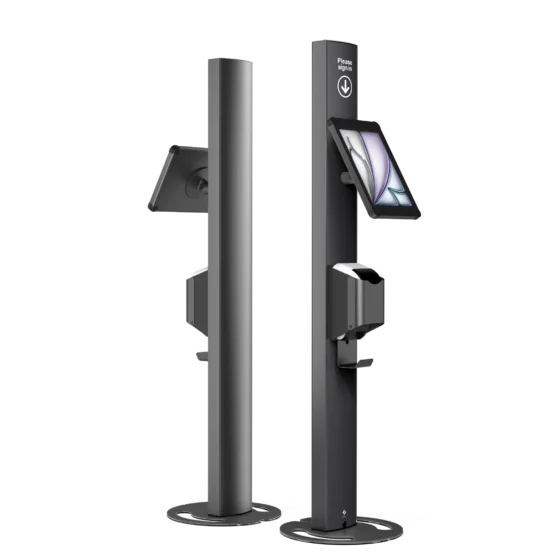 T Print 15$979.00 – $1,177.00 inc GST
T Print 15$979.00 – $1,177.00 inc GST -
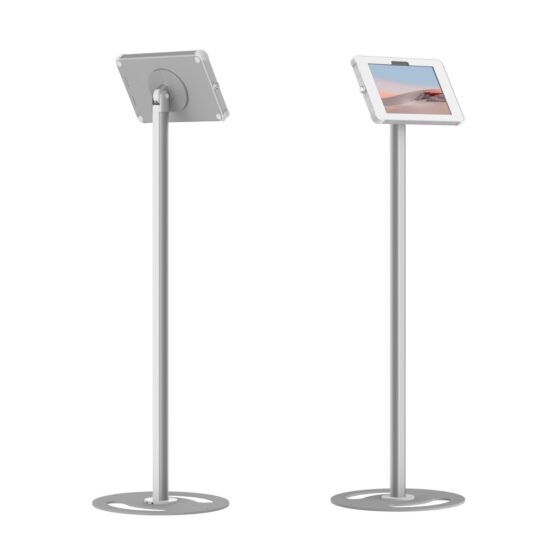 X Floor$440.00 – $550.00 inc GST
X Floor$440.00 – $550.00 inc GST

